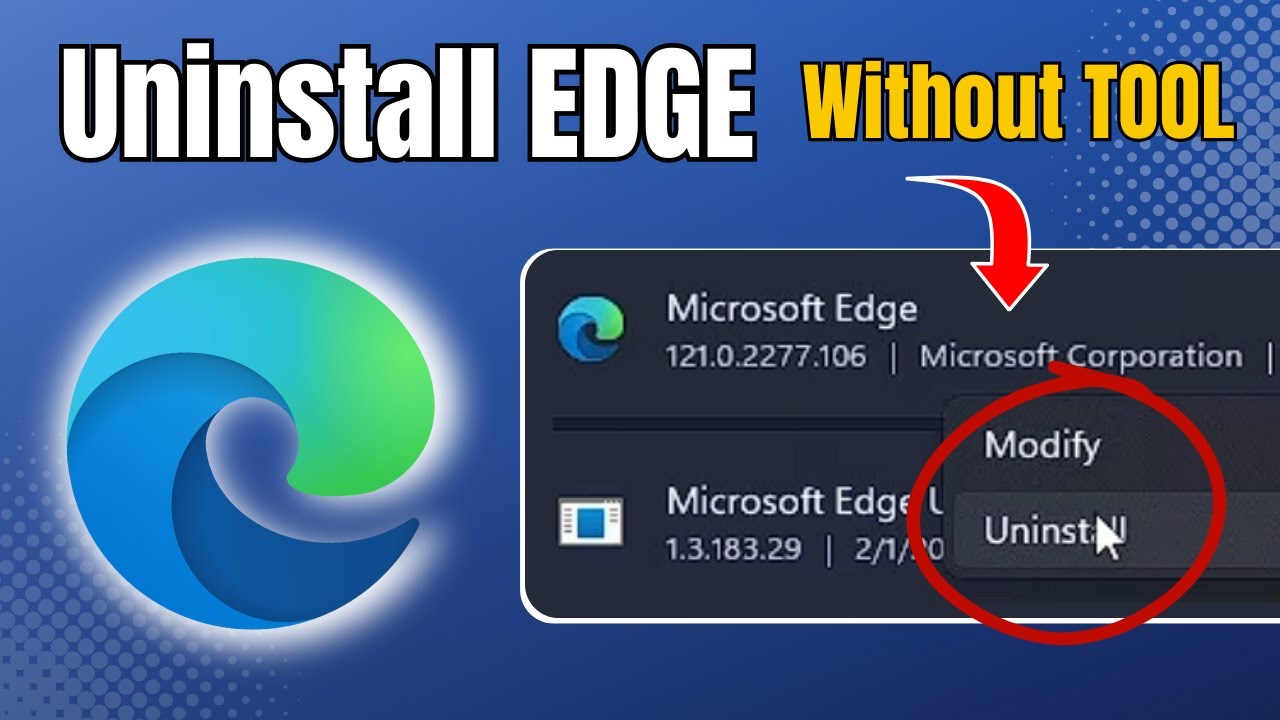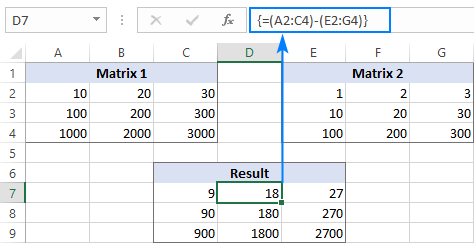
Smart Ways to Flush a Water Heater in 2025 for Better Performance
Flushing a water heater may seem like a simple task, yet it's often overlooked in home maintenance. Proper water heater maintenance is essential for optimal performance, efficiency, and longevity. With sediment buildup being a common issue in water heaters, learning how to flush a water heater effectively can prevent costly repairs and improve heating efficiency. In 2025, it's essential to adopt smart techniques for flushing your water heater to ensure that it functions efficiently, thus benefiting both your time and energy costs. In this article, we'll explore the water heater flush process, including essential tips and steps for effectively removing sediment from your water heater. We’ll also highlight the benefits of regular flushing and how to troubleshoot common flushing issues. By following our water heater flush guide, you can streamline your DIY water heater flush process and maintain a clean water heater for years to come. Key Takeaways: - Understanding the importance of regular water heater maintenance and flushing. - Step-by-step instructions to flush your water heater effectively. - Tips to prevent sediment buildup and maintain optimal water heater performance.Essential Maintenance Steps for Flushing Your Water Heater
Building on the necessity of maintenance, knowing how to properly conduct a water heater flush is crucial. Regular flushing of your water heater prevents sediment accumulation, which can lead to various performance issues and even damage. Your water heater tank houses water that can accumulate minerals and residuals over time, which directly affects the functionality and efficiency of your heating system.The Importance of Flushing Your Water Heater
Understanding why regular flushing is necessary is vital. Sediment in water heaters can cause inefficient heating and leads to increased energy bills. When sediment gathers at the bottom of the tank, it creates a barrier that makes the heating element work harder to heat water, ultimately reducing its lifespan. Regular flushing ensures efficient heating, prolongs the heater's life, and helps sidestep potential leaks and corrosion.How Often to Flush a Water Heater
Homeowners often wonder how often to flush a water heater. Generally, it's recommended to flush your water heater once a year. However, if your water quality is poor, the frequency may need adjusting. If you notice any signs of sediment buildup or performance issues, increase the flush intervals accordingly. Keeping a regular maintenance schedule can significantly enhance your heating system's health.Understanding the Water Heater Flush Process
The water heater flush process involves several steps to ensure effective sediment removal and perfect operational efficiency. Typically, the steps include turning off the heater, connecting a hose to the drain valve, initiating the drainage, and rinsing until the water runs clear. Always ensure that you follow safety precautions during the flushing instructions to prevent any accidents.Recommended Tools for Flushing
Using the right plumbing tools can make the flushing process easier and more efficient. At a minimum, you'll need a garden hose, a bucket (if not directly draining outside), and optionally, a water filtration system to improve water quality. Having everything prepared before starting will streamline the flushing process.Common Errors During Flushing
Even the best intentions can lead to mistakes. Common flushing errors include not turning off the heater, failing to connect hoses properly, or neglecting to wear protective gear. Always check for leaks in your setup and read the manufacturer's instructions for specific flushing techniques related to the type of water heater you own, whether it's a tank or a tankless model.DIY Water Heater Flush: Step-by-Step Guide
With these fundamentals established, it's time to dive into a more detailed DIY water heater flush guide. By understanding each step, you can execute the flushing process smoothly and confidently.Gather Your Supplies
Before initiating the flushing process, gather the necessary supplies. Ensure you have: - A garden hose capable of reaching from the heater's drain valve to your desired drainage area. - A bucket for any initial water or debris. - A wrench for the drain valve (if needed). - Safety gloves and goggles for protection.Disconnecting the Water Heater
To ensure safety and effectiveness, start by disconnecting the water heater from its power source. For electric models, turn off the circuit breaker. In the case of gas water heaters, shut off the gas supply as well. This ensures you won't be heating any water while draining the tank.Connecting the Drain Hose
Install a hose onto the drain valve located at the bottom of your water heater. Ensure it’s tightly secured to prevent leaks. Run the hose to a floor drain or outdoors, depending on where you prefer to allow the water to drain.Flushing the System
Open the drain valve to start the draining process. Monitor the flow until the water becomes clear. This can take some time depending on the amount of sediment and the volume of water in the tank. You may also want to periodically close the valve, fill the tank with clean water, and then drain again to ensure further sediment removal.Finishing Up and Safety Checks
After flushing, close the drain valve and disconnect the hoses. Refill the water heater with water by turning on the cold water inlet valve, ensuring that you’ve purged air from the system by running a hot water tap in your home until the water flows smoothly. Lastly, re-ignite the heater and check for leaks at the drain valve and other connection points.Benefits of a Clean Water Heater
With these basics in mind, let's explore the advantages of maintaining a clean water heater. A clean heater translates directly into improved efficiency and performance.Efficiency Improvements
Regular flushing can lead to significant energy savings. With sediment build-up removed, your heater can operate more efficiently, leading to lower electric bills and prolonged equipment life. More efficient heating means less strain on the heating elements and healthier appliances.Improved Water Quality
Flushing removes not only sediment but also any bacteria that may have gathered over time. This leads to cleaner, healthier hot water for your household use. Good water quality ensures that your heating system runs smoothly without additional complications down the road.Prevention of Rust and Corrosion
By preventing sediment accumulation, you're also actively minimizing the risk of rust and corrosion. Sediment buildup can lead to faster deterioration of the water heater tank, ultimately leading to leaks and costly repairs. Regular maintenance can save time and money in the long run.Longer Equipment Lifespan
With ongoing care, your water heater can last significantly longer than those neglected. Regularly scheduled maintenance and flushing can contribute to remarkable longevity and reliability of your device over the years.Enhanced Home Value
Potential homebuyers notice well-maintained appliances. Keeping your water heater in optimal condition through regular flushing not only leads to efficiency but also increases the home's appeal when it comes time to sell.Troubleshooting Water Heater Flush Issues
Connected to this principle of flushing is the importance of recognizing when the process doesn’t perform as expected. Understanding some common problems during the flushing process can lead to effective troubleshooting.Identifying Performance Issues
If your water heater continues to build up sediment despite regular flushing, or if you notice unusual noises during operation, it may signal underlying problems that require further inspection. Blockages in the cold water inlet or faulty heating elements can lead to significant issues.Dealing with Residual Sediment
Sometimes, residual sediment may persist post-flush. Utilizing plumbing tools like a wet-dry vacuum can assist in removing stubborn particles. Always analyze the flush water for visible build-up and repeat the flushing steps if necessary.When to Seek Professional Help
If you're uncomfortable with DIY plumbing projects, or if issues persist even after flushing, it’s prudent to contact professional plumbing services. They can provide inspections and maintenance tailored to your situation.Q&A Section: Common Questions About Water Heater Flushing
What is the best method to flush my water heater?
The best method involves draining the tank with a hose and ensuring sediment is removed. Following a systematic flushing process allows for optimal cleaning.How do I know if my water heater needs flushing?
Signs include decreased water temperature, increased energy bills, or strange noises from the tank—indicating sediment accumulation.Can I flush my heater too often?
While annual flushing is recommended, flushing more frequently may be needed with poorer water quality or high sediment accumulation. Avoid excessive flushing which might lead to water waste.Is flushing a water heater difficult?
While it requires basic plumbing skills, by following the outlined instructions carefully, most homeowners can successfully perform the task.Can improper flushing damage my heater?
Yes, improper flushing techniques may lead to further sediment buildup, and even physical damage if safeguards like the pressure relief valve are overlooked or mishandled.
